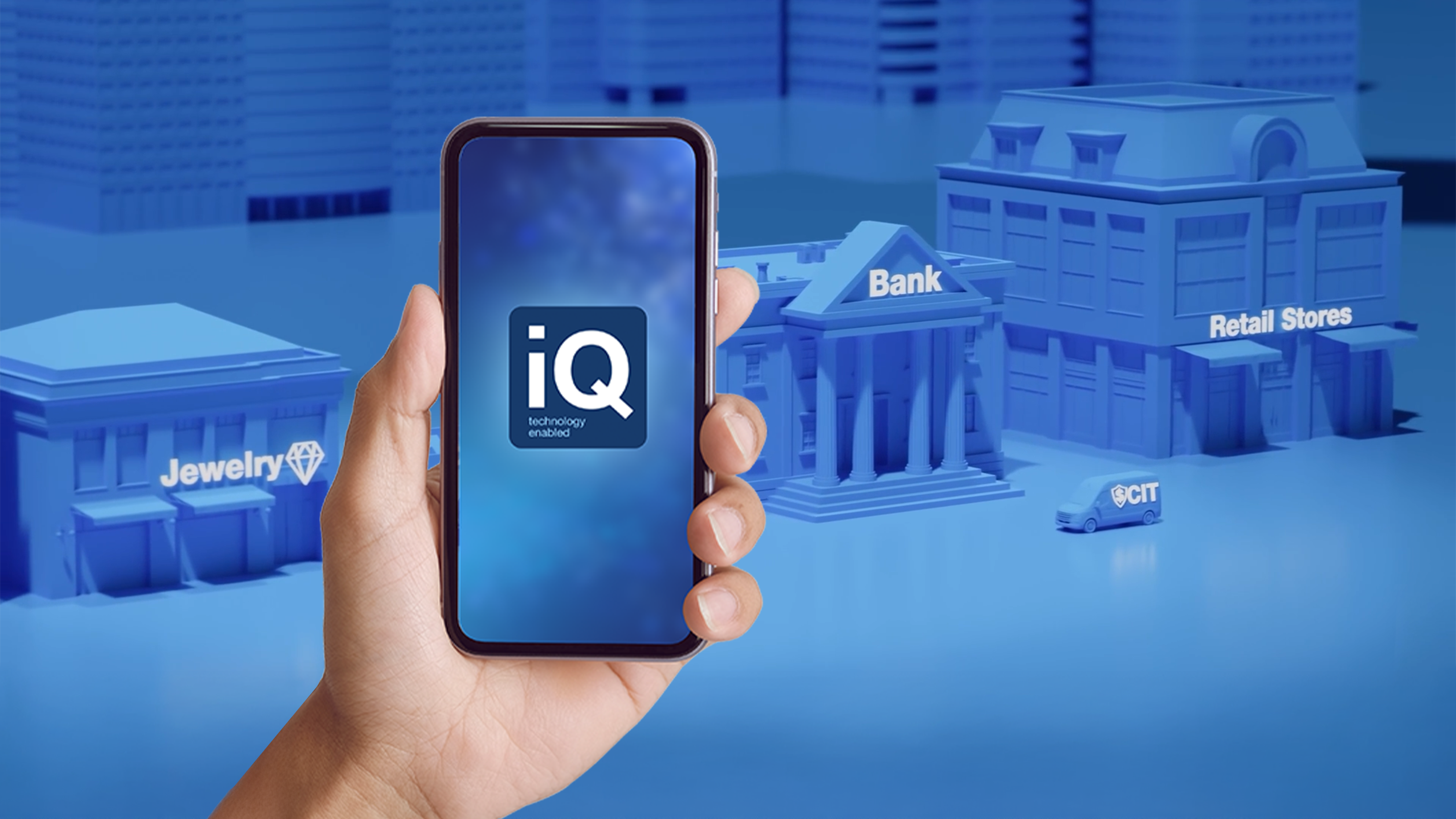Beyond Products: Why Sustainability Must Be About People and Supply Chains
Sustainability is more than just environmentally friendly product innovation. While reducing carbon footprints is crucial, true sustainability...
4 min read
Ellen Österholm : Jan 22, 2025 7:57:29 AM

As we enter 2025, the physical security landscape will continue to evolve, driven by shifting priorities, emerging technologies, and economic realities.
Organisations now look beyond traditional security measures, focusing on resilience, collaboration, and intelligent solutions that deliver long-term value and efficiency.
Here are the top predictions for physical security in 2025 based on key industry insights.
While cloud-based solutions have gained momentum in recent years, the shift to the cloud has slowed slightly as organisations grapple with costs and concerns around data control. We believe hybrid-cloud deployments remain the preferred approach for the future, offering scalability while retaining control over critical data.
Smaller organisations are likely to lead the full-cloud adoption trend, while larger enterprises with more complex infrastructures, will carefully evaluate ROI before expanding their cloud use.
This incremental move toward hybrid models ensures that physical security systems remain adaptable, efficient, and cost-effective.
For industries like banking, retail, and logistics, where secure storage of physical assets is equally critical, hybrid-cloud models complement robust physical storage solutions, such as high-security safes, vaults, and automated storage systems. These solutions ensure sensitive documents, cash, and valuables are protected against both physical and digital threats.
Access control and video surveillance will remain at the forefront of security investments in 2025. A key trend is the growing desire for modernised access control technologies, such as biometrics, mobile credentials, and visitor management solutions.
These advancements enhance operational efficiency while ensuring stronger access management.
Video surveillance systems are being upgraded to incorporate higher-quality cameras, intelligent video analytics, and deep learning capabilities.
Organisations are not just replacing outdated hardware; they are integrating new features that allow for smarter and real-time monitoring, faster incident detection, and improved security outcomes.
High-performance physical locking solutions remain vital in safeguarding access points and sensitive areas. Modern locking systems, such as high-security locks and electronic locking solutions, integrate seamlessly with digital technologies to deliver enhanced protection for critical infrastructure, restricted zones, and safe storage units.
The increasing intersection between physical security and cybersecurity is set to shape decision-making in 2025.
With cyber threats growing more sophisticated, physical security systems are no longer isolated. Organisations are strengthening their infrastructure with robust cybersecurity practices, such as user education, fine-tuning permissions, and secure data storage.
Industry regulations like NIS2 and GDPR are prompting more organisations to implement rigorous cybersecurity measures. As physical security environments become more connected through IoT devices, cloud systems, and software integrations, building cyber resilience will remain a top priority.
This convergence highlights the need for physical safe storage solutions that complement cybersecurity measures. High-quality safes and vaults protect physical backups of critical data, credentials, and hardware, ensuring continuity even in the event of a cyber-attack.
Organisations are increasingly recognising the untapped potential of physical security data. In 2025, leveraging security data to inform broader business decisions will be a key focus. End users are already prioritizing cross-departmental collaboration, enabling facilities, IT, and executive leadership teams to access and analyse security data effectively.
From traffic flow analysis to operational monitoring, this data can provide valuable insights to improve efficiency, enhance safety, and align physical security with business strategy. By shifting from a cost centre mindset to a return-on-investment approach, security leaders will play a greater role in achieving organisational goals.
For businesses handling high-value assets, data-driven insights also support more strategic deployment of safe storage solutions. Analytics can identify patterns in asset movements, access frequency, and security breaches, enabling organizations to optimise where and how physical security measures, such as safes or secure storage units, are deployed.
Artificial intelligence (AI) will continue to transform physical security systems, albeit at a measured pace. Whilst organisations may plan to explore AI in 2025, a lack of clarity on tangible use cases remains a hurdle.
AI tools offer significant benefits, such as automating repetitive tasks, filtering events for human assessment, and streamlining emergency responses. However, concerns about responsible AI implementation and design must be addressed to unlock its full potential.
The most promising applications of AI in physical security include intelligent video analytics, predictive threat detection, and automated workflows. As organizations gain confidence in AI’s ability to deliver real improvements, adoption will accelerate.
Physical storage remains indispensable. AI-enhanced systems can monitor and alert organizations to breaches of secure storage units, helping prevent theft or unauthorised access to sensitive items.
IT departments are playing an increasingly central role in the procurement and management of physical security solutions. As technology becomes more interconnected, collaboration between IT and physical security teams is essential for ensuring cybersecurity compliance, optimising infrastructure, and delivering integrated solutions.
This collaboration allows organisations to balance physical and digital security needs while simplifying complex decision-making processes. IT involvement ensures that physical security systems align with broader digital transformation initiatives and organisational priorities.
For IT-driven initiatives, integrating physical security solutions like digital safes and electronic locking systems with access control ensures that physical assets are as secure as digital networks. This unified approach strengthens an organisation’s overall security posture.
Regulatory compliance will shape physical security strategies in 2025, with key frameworks including:
In summary, for organisations in 2025, the focus will be on practical, reliable and compliant solutions that address real-world challenges.
The path forward is clear: incremental technology adoption, data-driven decision-making, and a unified approach to cybersecurity and physical security will define success.
At Gunnebo Safe Storage, we remain committed to providing innovative and secure solutions that empower organisations to build resilient, future-ready physical security systems.

Sustainability is more than just environmentally friendly product innovation. While reducing carbon footprints is crucial, true sustainability...
.jpg)
Successful entrepreneurs rarely work alone. Some of the secret of their success lies in appreciating that it pays to partner with the right people,...

In a world where business is global, always on, and ever-changing, we demand more from safe storage solutions. Besides being physically robust, they...